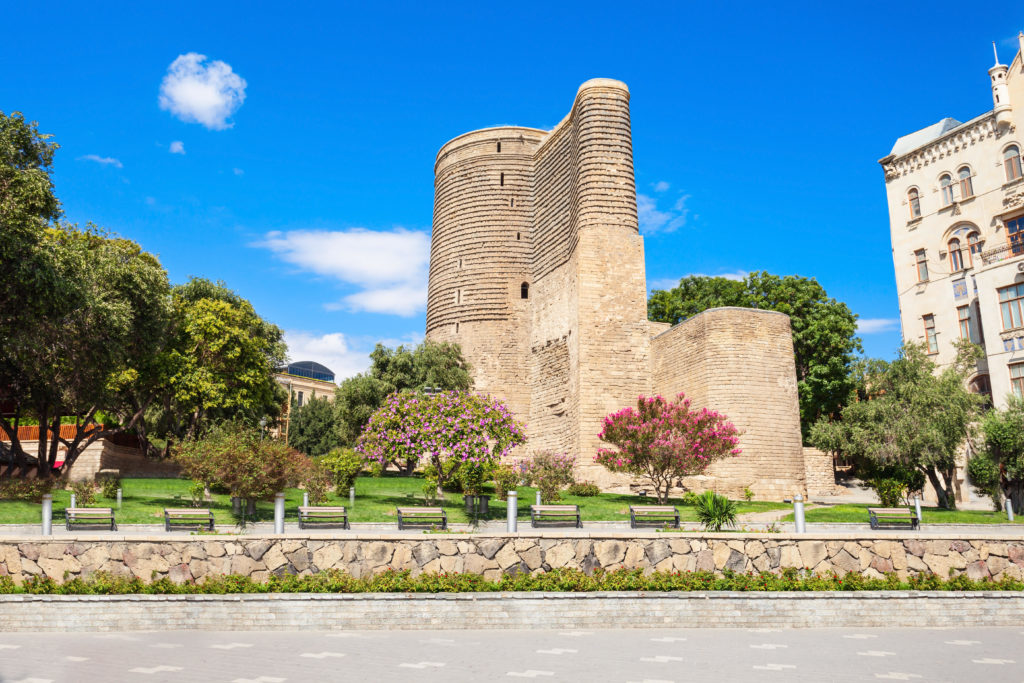BAKU
Azerbaijan’s economic recovery continued to gather pace as the country eased the majority of the restrictions it had imposed last year to curb the coronavirus pandemic, allowing the non-oil sector to expand, and backed by rising global oil prices.
Gross Domestic Product (GDP) grew 3.6 percent in January-August this year from a year earlier mainly backed by the growth in the non-oil sector. In January-July, the economy grew 2.7 percent.
The State Statistics Committee said that decline in the oil sector was 1.2 percent, while the non-oil sector grew by 5.7 percent. In nominal terms GDP reached 54.7 billion manats ($32.2 billion).
Azerbaijan reduced oil and gas condensate production by 2.6 percent year-on-year to 20.096 million tonnes in the first seven months of 2021. Natural gas production rose 7.8 percent to 24.085 billion cubic metres.
Last week, Azerbaijan has raised its economic growth forecast for this year – GDP is now projected to grow 4.6 percent and amount to 82.3 billion manats ($48.4 billion), up from a previous projection of 3.4 percent, the Economy Ministry said in its Economic Development Report.
The oil and gas sector is projected to grow 3.2 percent, while the non-oil sector will expand by 5.2 percent in 2021.
The World Bank said in June that Azerbaijan’s economic growth should be supported by the stabilisation of oil prices as well as investment and reconstruction spending.
The November 2020 ceasefire agreement between Armenia and Azerbaijan alleviated geopolitical tensions in the region, although risks to stability remain elevated.
Still, economists’ predictions as to the pace of the recovery vary. While the World Bank predicts that Azerbaijan’s economy will grow 2.8 percent this year and 3.9 percent in 2022, the International Monetary Fund’s forecast is less upbeat, forecasting 2.3 percent growth in 2021, and slowing to 1.7 percent in 2022.
World Bank economists predict that in 2021, an acceleration of domestic demand will support economic growth, but cautions that this will be conditional on an improved health situation and increased public spending. Higher oil prices are forecast to narrow the fiscal deficit and help the current account return to surplus. Beyond 2021, without major structural reforms, the pace of the economic revival is likely to be moderate owing to a protracted recovery in oil output and anticipated fiscal tightening.
Meanwhile, the Asian Development Bank said in June that growth was forecast to return in 2021 at 1.9 percent and accelerate to 2.5 percent in 2022 as demand improves at home and abroad. As consumer confidence is restored and petroleum receipts become available for public investment, growth in the petroleum industry is expected to be outpaced by expansion in the rest of the economy, it said.

